The museum is located in the former Dohna Palace, which was built in several stages. Its oldest edge is the south-western corner section of the medieval fortified city wall with towers. Subsequent stages of construction from the 1560s up until the 1920s are related with the powerful and influential Duchy of Prussia noble family – the zu Dohna.
Initially, the Dohna resided in a former Teutonic Knights' castle in Morąg. The creator of the family's power in 16th century – Peter Dohna, held the hereditary office of ducal governor there. His son, Acacius, holding the office of high chamberlain, started the construction of a private family residence in the 1560s, which he intended to erect on the basis of two parcels of buildings within the fortified city wall. The works were continued in the 1590s by his son, Fabian. The forthcoming Swedish wars forced the owners to give their residence a defensive character. Another Dohna, named Abraham, a sought-after surveyor and builder of fortresses, as well as the builder of the first palace in Słobity, built the fortifications, particularly from the side of the moat, in the 1620s. Abraham, among others, raised the central tower of the palace, which was then called a small castle, by three storeys. In 1643, after the death of Abraham, two tall, octagonal towers were built on the edge of the northern wing. In 1697, during the great fire of the city, the small castle burned down. The reconstruction and expansion was taken up in the years 1717–1719. The works were carried out by the court architect of the Dohna, Johann Caspar Hindersin (1677–1738), previously operating in their residences in Marków and Słobity Hindersin turned the building into a two-wing Baroque palace, having little in common (apart from maintaining the contour of the former) with the fortified small castle from before the fire. In front of the palace, he designed a small courtyard garden, enclosed with a short wall with clearances and two guardhouses, which were finished as late as 1731.
For nearly 400 years, the palace served as the family nest. At the turn of the 16th and 17th centuries, and in the 17th century, meetings and conventions of the entire family were held here. It was here that divisions of family estates and residences had taken place, until their indivisibility was finally established. It was here that the shared family treasury, family archives and library was kept. In the 1920s, the Dohna sold the palace to the district starosty, and it served the function of the seat of these authorities until January of the year 1945, when it was partially burned down by the Red Army. Further devastation of the structure took place in the subsequent years after the war. Only fragments of the peripheral walls survived until the end of the 1960s, especially in the area of the old city wall. Only a small portion of the cornice of the room on the first floor, the vaulting of one of the rooms on the ground floor, and vaultings of two small cellars survived out of the so-called permanent decor.
The decision on the reconstruction of the palace was made as late as the beginning of the 1970s. The reconstruction was carried out intermittently in the years 1976–1985. The Voivodeship Conservator of Monuments in Olsztyn was the investor.
The rebuilt mass of the building reprises the essential features of the pre-war palace, but only with minor elements of Hindersin's design, without that architect's typical articulation of the facade and rococo window frames of the dormers and decorative panoplies in the roof part. Also the interior architectural decor lacks Hindersin's designs. The stucco, carved balustrades, picturesque stoves and fireplaces were not restored. The interiors, executed by the Monuments Conservation Workshops, remained styleless, adapted to modern use, which was supposed to be a cultural centre, a library and a cinema. During the many years of reconstruction there were numerous changes of the designs. The Museum of Warmia and Masuria in Olsztyn became the final user of the palace, which opened its division here in 1986.
developed by Magdalena Bartoś
| when? | name | where? | about what? | for free | for children | |
|---|---|---|---|---|---|---|
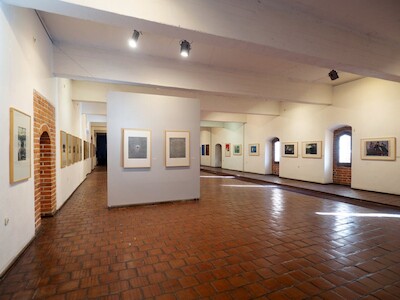
|
Permanent exhibition Permanent exhibition
|
Galeria Sztuki Współczesnej na Zamku w Reszlu ul. Podzamcze 3 11-400 Reszel Warmińsko-Mazurskie |
malarstwo | |||
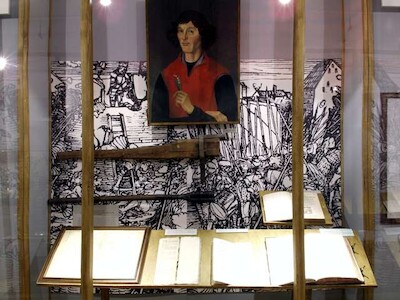
|
Olsztyn. Szkice do dziejów miasta Permanent exhibition
|
House of the ul. Targ Rybny 1 10-019 Olsztyn Warmińsko-Mazurskie |
city | yes | ||

|
Kultura ludowa Mazurów Permanent exhibition
|
Museum of Masuria in Szczytno ul. Sienkiewicza 1 12-100 Szczytno Warmińsko-Mazurskie |
architecture, crafts, folk art, region, utility items, village | yes | ||
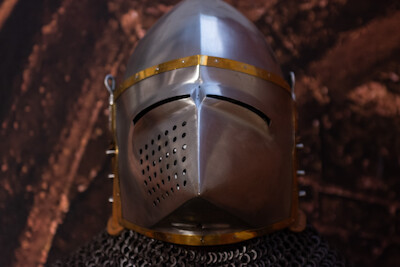
|
Historia Szczytna i okolic. Od pradziejów do współczesności Permanent exhibition
|
Museum of Masuria in Szczytno ul. Sienkiewicza 1 12-100 Szczytno Warmińsko-Mazurskie |
city, documents, painting, region, weapons and militaria | yes | ||

|
„Gazeta Olsztyńska” (1886-1939) Permanent exhibition
|
House of the ul. Targ Rybny 1 10-019 Olsztyn Warmińsko-Mazurskie |
documents, interiors and everyday life, printmaking, region | yes | yes | |
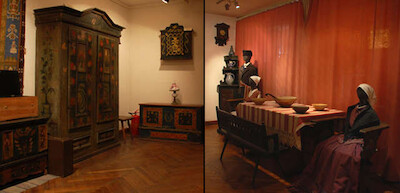
|
Meble i tkaniny mazurskie Permanent exhibition
|
Museum of Masuria in Szczytno ul. Sienkiewicza 1 12-100 Szczytno Warmińsko-Mazurskie |
art crafts, fabrics, village | yes | ||

|
Sztuka gotycka w zbiorach Muzeum Warmii i Mazur Permanent exhibition
|
The Museum of Warmia in Lidzbark Warmiński pl. Zamkowy 1 11-100 Lidzbark Warmiński Warmińsko-Mazurskie |
painting, sculpture | yes | ||
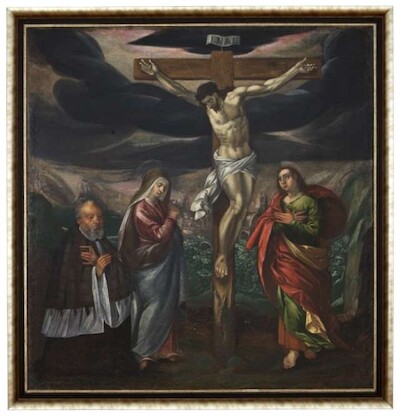
|
Malarstwo religijne ze zbiorów Muzeum Permanent exhibition
|
The Museum of Warmia in Lidzbark Warmiński pl. Zamkowy 1 11-100 Lidzbark Warmiński Warmińsko-Mazurskie |
painting | yes | ||

|
Wielcy mieszkańcy zamku lidzbarskiego Permanent exhibition
|
The Museum of Warmia in Lidzbark Warmiński pl. Zamkowy 1 11-100 Lidzbark Warmiński Warmińsko-Mazurskie |
interiors and everyday life | yes | ||

|
Mrągowo i ziemia mrągowska od zarania dziejów po czasy współczesne Permanent exhibition
|
Museum in Mrągowo ul. Ratuszowa 5 11-700 Mrągowo Warmińsko-Mazurskie |
archeology, art crafts, region | yes | ||

|
Zwierzęta Warmii i Mazur Permanent exhibition
|
Museum of Nature in Olsztyn ul. Metalowa 8 10-603 Olsztyn Warmińsko-Mazurskie |
environment, region | yes | ||
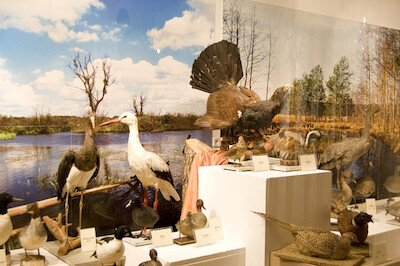
|
W mazurskiej kniei Permanent exhibition
|
Museum of Masuria in Szczytno ul. Sienkiewicza 1 12-100 Szczytno Warmińsko-Mazurskie |
environment, region | yes | ||

|
Dzieje budowlane zamku biskupów w Lidzbarku Warmińskim Permanent exhibition
|
The Museum of Warmia in Lidzbark Warmiński pl. Zamkowy 1 11-100 Lidzbark Warmiński Warmińsko-Mazurskie |
architecture, art crafts | yes | ||
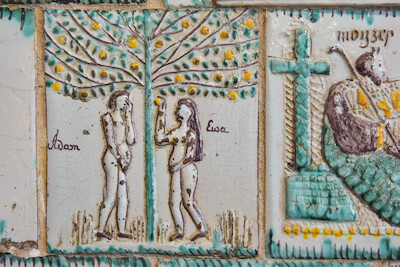
|
Ludowe kafle mazurskie Permanent exhibition
|
Museum of Masuria in Szczytno ul. Sienkiewicza 1 12-100 Szczytno Warmińsko-Mazurskie |
art crafts, folk art | yes | ||
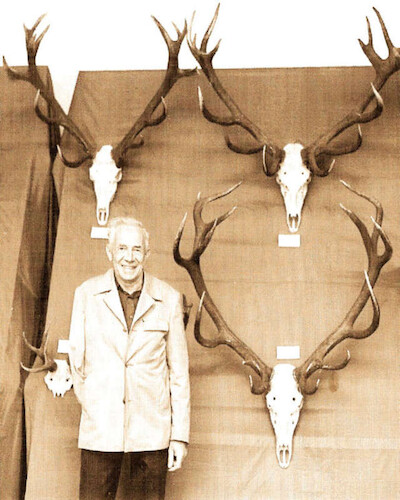
|
Józef Balicki, Łowiectwo pasją życia Permanent exhibition
|
Museum of Masuria in Szczytno ul. Sienkiewicza 1 12-100 Szczytno Warmińsko-Mazurskie |
characters | yes | ||

|
Portrety rodziny hrabiów z Siecina Krasickich Permanent exhibition
|
The Museum of Warmia in Lidzbark Warmiński pl. Zamkowy 1 11-100 Lidzbark Warmiński Warmińsko-Mazurskie |
painting | yes | ||
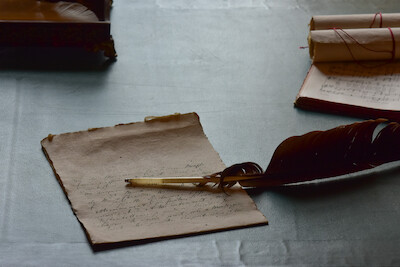
|
Gabinet Ignacego Krasickiego Permanent exhibition
|
The Museum of Warmia in Lidzbark Warmiński pl. Zamkowy 1 11-100 Lidzbark Warmiński Warmińsko-Mazurskie |
characters, interiors and everyday life, painting | yes | ||
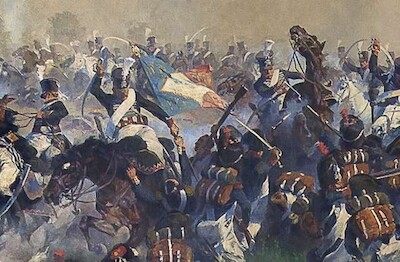
|
Anton Hoffman Permanent exhibition
|
The Museum of Warmia in Lidzbark Warmiński pl. Zamkowy 1 11-100 Lidzbark Warmiński Warmińsko-Mazurskie |
painting | yes | ||
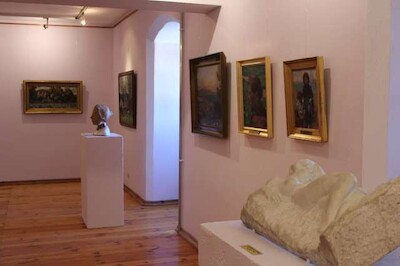
|
Galeria Malarstwa Polskiego 1. połowy XX wieku Permanent exhibition
|
The Museum of Warmia in Lidzbark Warmiński pl. Zamkowy 1 11-100 Lidzbark Warmiński Warmińsko-Mazurskie |
modern art, painting | yes |